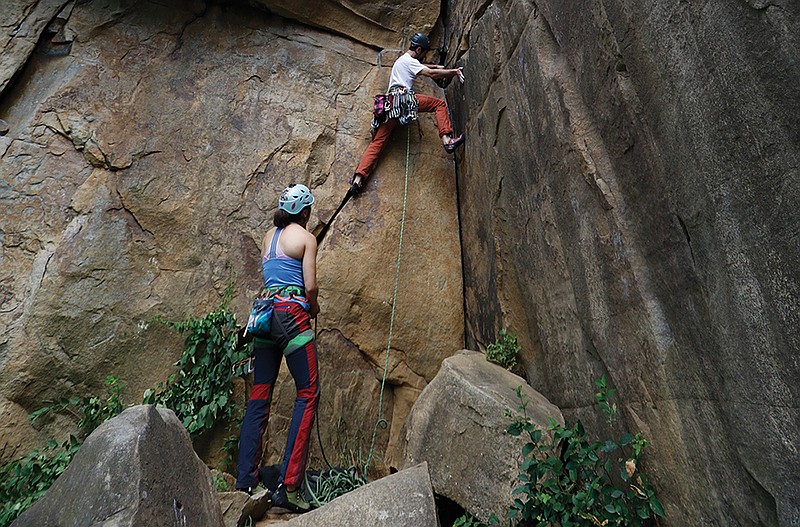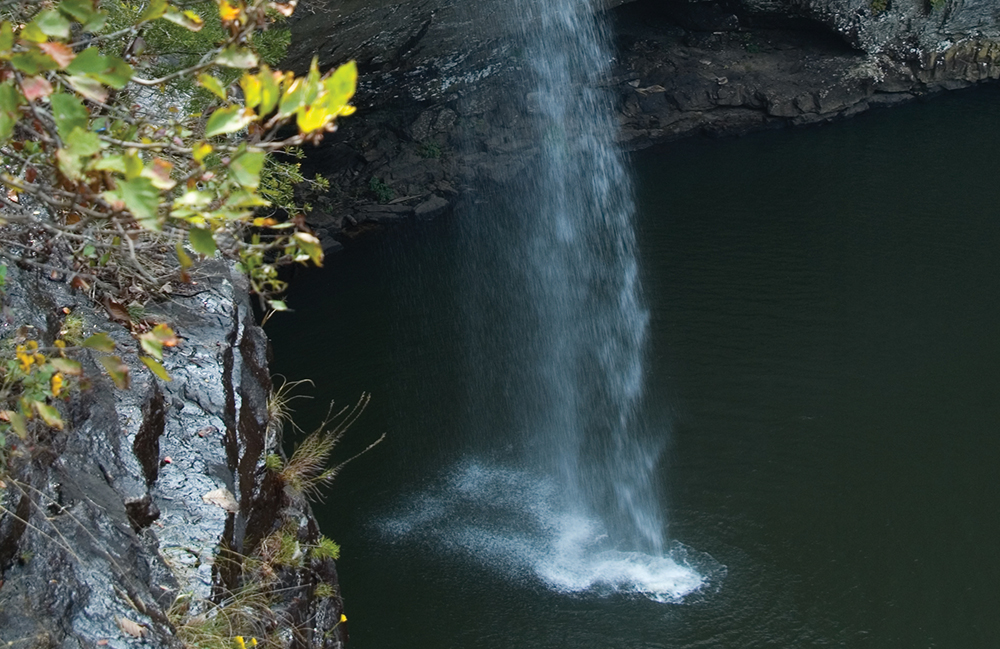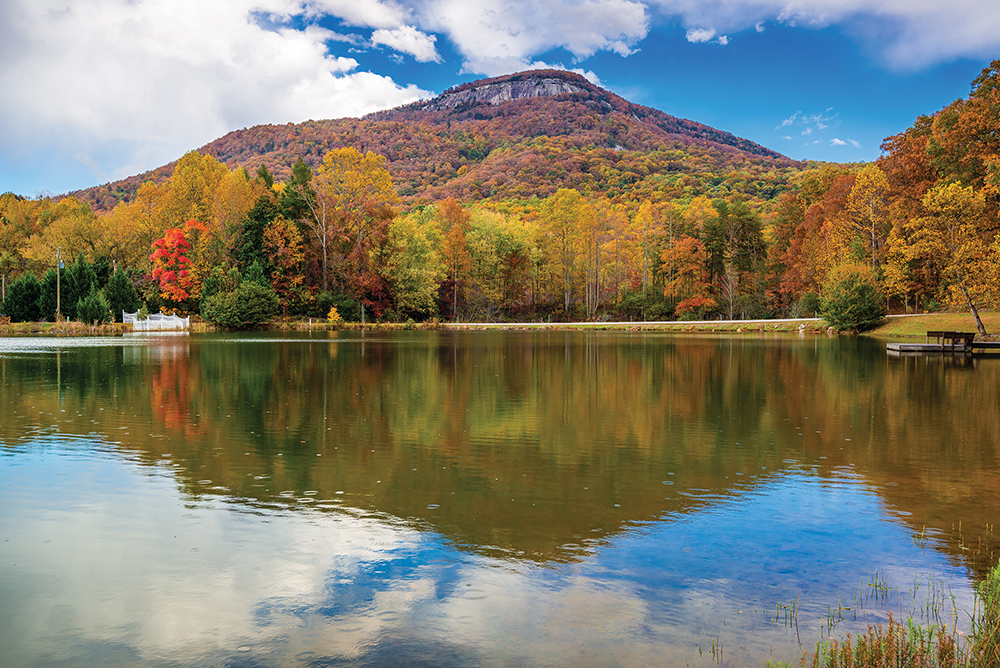Growing up in the Southeast U.S., we see the names of so many places that pay homage to indigenous peoples.
Chattanooga, for example, derives its name from the Cherokee phrase "Tsatanugi," which roughly means "rock coming to a point" or "end of the mountain," most likely referring to Lookout Mountain.
When climbing in our region, I've often looked at the rocks and their markings and wondered about the people who once made a home in these areas.
Within these ancient places, legends abound. Here are two of my favorite tales connected to nearby climbing spots.
The Welsh Caves
Alabama's Desoto State Park is home to what locals call the Welsh Caves, located on a cliff face near Desoto Falls. While no one is sure what these caves were used for, some believe that Welsh colonists may have used these caves in an attempt to make a home in the Appalachian Mountains. According to encyclopediaofalabama.org, the most popular legend claims that Welsh Prince Madoc sailed into what is now Mobile Bay, eventually working his way north to establish a colony -- about 300 years before Columbus' voyage. Some believe that those early colonists and native people intermarried, while others believe that neighboring tribes band together to drive out the Welsh.
But others don't believe the Welsh were there at all. As Dr. Ronald Fritze, Alabama professor and historian, writes on his website, corndancer.com, most archaeologists believe the evidence of human habitation is connected to the Hopewell or Mississippian mound-building cultures rather than Welsh colonists.
Yonah Mountain
About three hours east of the Welsh Caves sits Yonah Mountain in Cleveland, Georgia. We used to call it our climbing school as we learned the basics of trad and sport climbing along the routes peppering the dome.
Yonah gets its name from the Cherokee word for "bear" and is home to one of the more famous legends from the Southeast, a sort of Romeo and Juliet of the Cherokee and Chickasaw nations. According to folklore, Sautee, a Chickasaw warrior, fell in love with Nacoochee, daughter of a nearby Cherokee chief. But their tribes were enemies, so the two would secretly rendezvous in a hidden cave within Yonah Mountain.
Although their affair was secret for a while, the star-crossed lovers eventually decided to share their love in an effort to bring the two tribes together. But when Nacoochee's father found out, he was so angry, he ordered Sautee be thrown off the granite cliff while his daughter watched.
Devastated, as the story goes, Nacoochee flung herself from the cliff, as well. Those who believe the legend point to the burial mound located beneath the mountain -- listed on Roadside America's guide to tourist attractions as the "Indian Mound Love Tragedy Site."
However, according to wandernorthgeorgia.com, excavations of the mound have shown it to be a burial ground for the entire community, rather than just two lovers -- and most likely for the Native Americans of South Appalachian Mississippi culture, known to inhabit that area.
Why we tell these tales
I grew up about two miles as the crow flies from the top of Northeast Georgia's Blood Mountain, which was named, my Mamma told me, after a battle there between the Creek and Cherokee people. The war supposedly started near Slaughter Creek, and so much blood was shed that the creek and mountain turned red.
This story scared me growing up, but now I recognize these tales for what they are: legends that keep the native tribes alive, to ensure we don't forget the ones who were here first. As we enter these sacred places, I hope that we remember the stories that gave them their names and the hands who touched the rock long before we were here.


